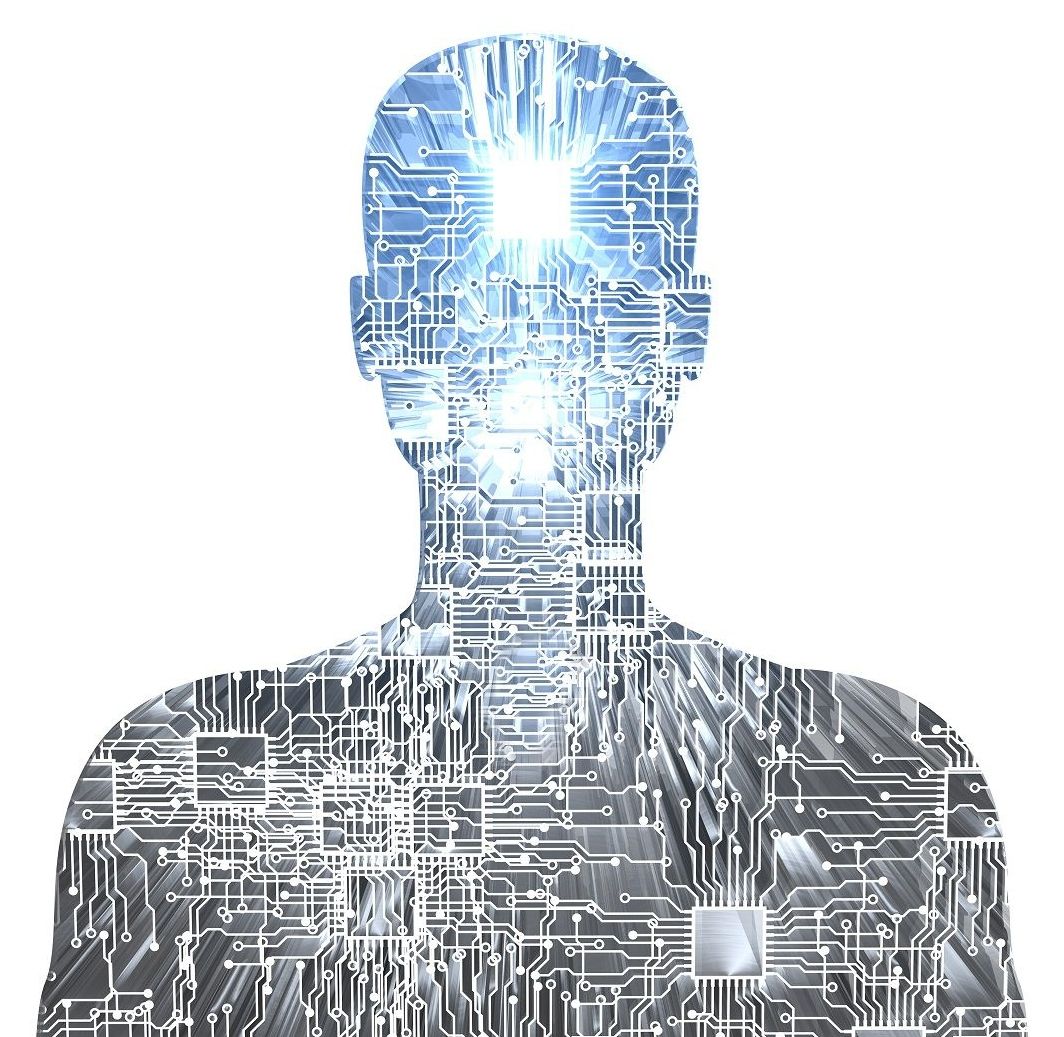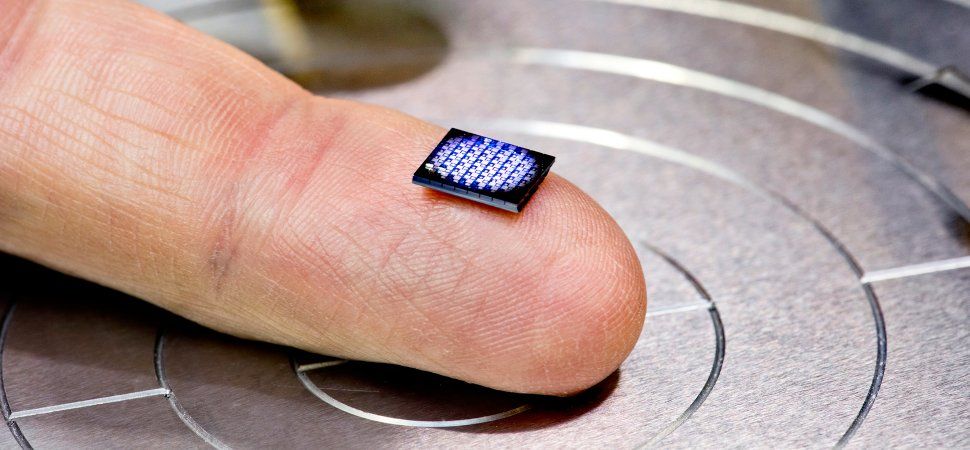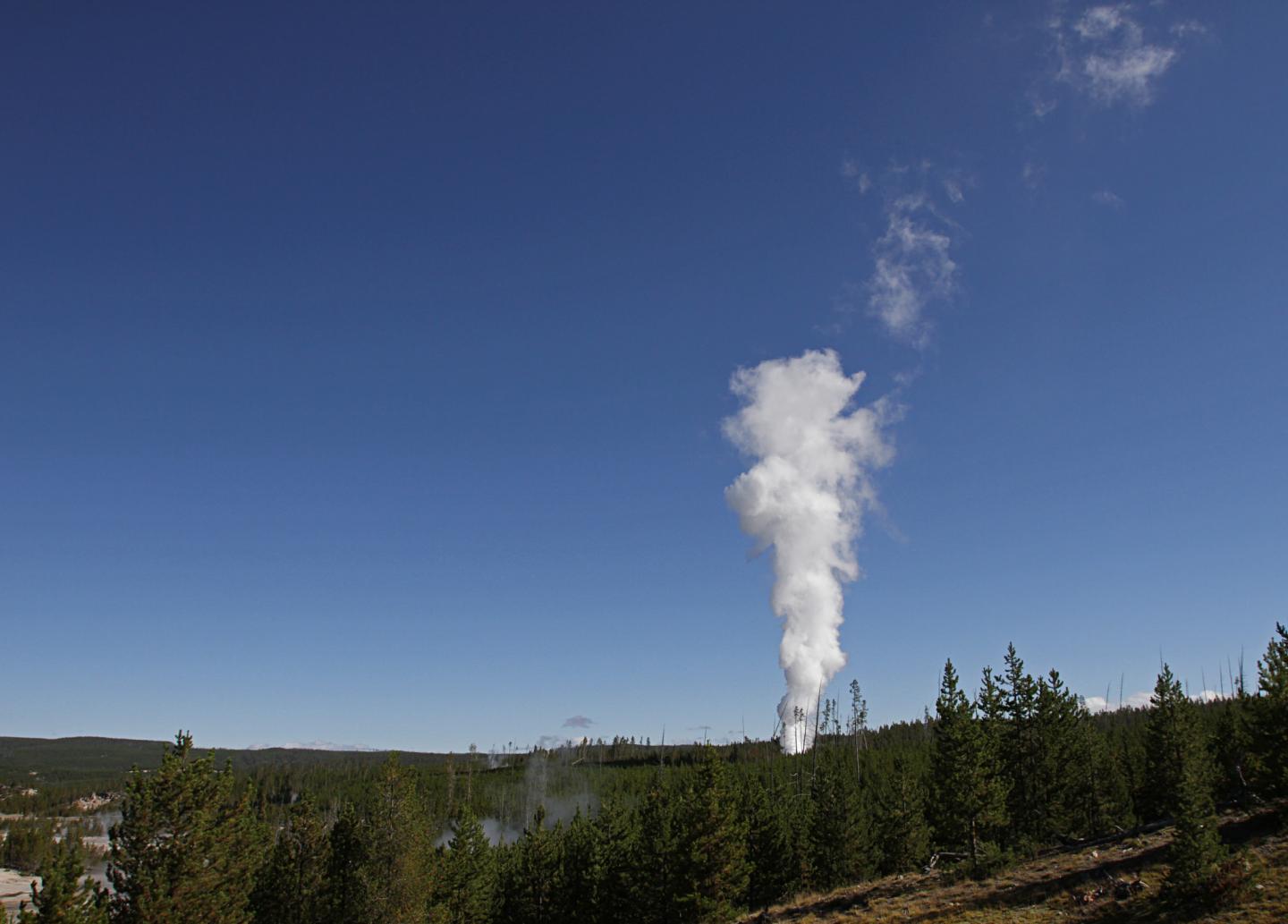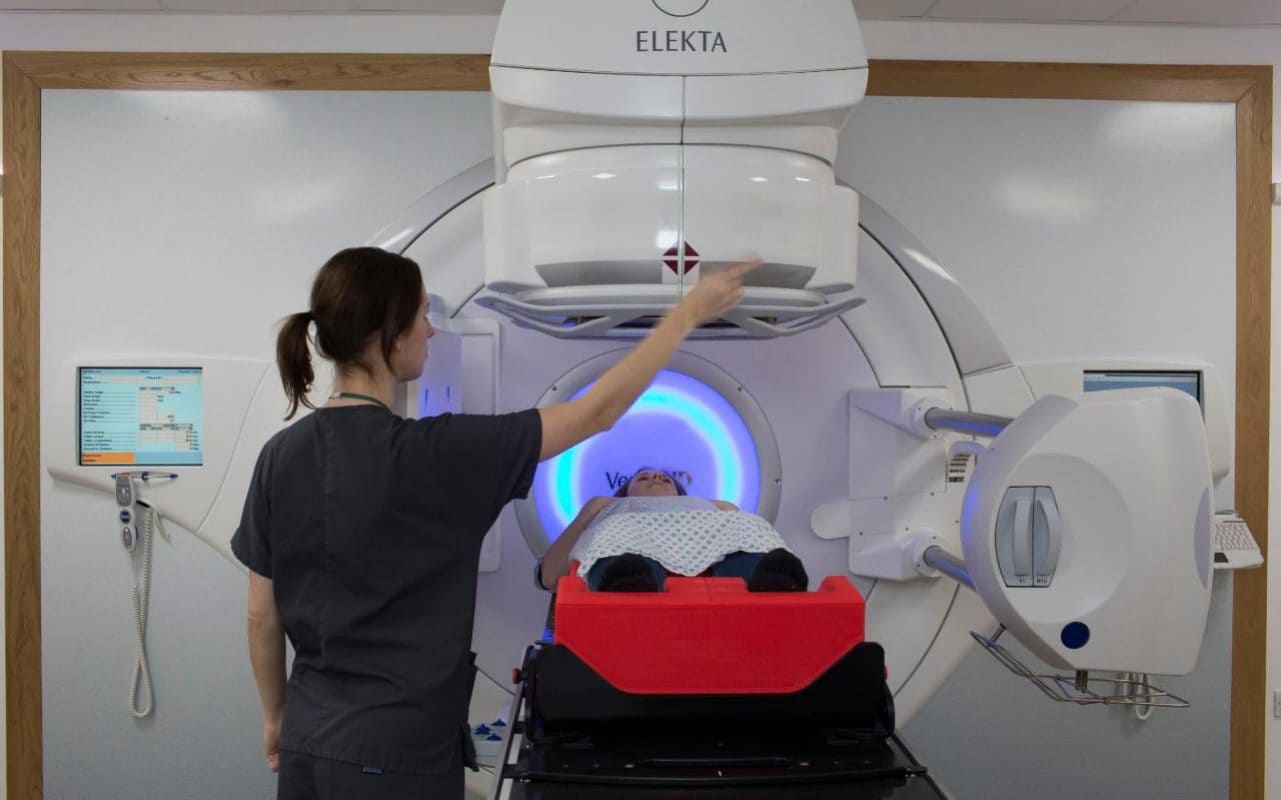Why should you care about the well-being of people half a globe away?
Kurzgesagt Newsletter: http://eepurl.com/cRUQxz
Support us on Patreon so we can make more videos (and get cool stuff in return): https://www.patreon.com/Kurzgesagt?ty=h
Kurzgesagt merch: http://bit.ly/1P1hQIH
Facebook: http://bit.ly/1NB6U5O
Twitter: http://bit.ly/2DDeT83
Instagram: http://bit.ly/2DEN7r3
Discord: https://discord.gg/Fsstncs
The music of the video here:
A handout photo made available by the National Aeronautics and Space Administration (NASA) shows the Soyuz rocket inside Building 112 prior to being rolled out by train to the launch pad at the Baikonur Cosmodrome in Kazakhstan, March 19, 2018. Expedition 55 crewmembers Ricky Arnold and Drew Feustel of NASA and Oleg Artemyev of Roscosmos are scheduled to launch at 1:44 p.m. Eastern time (11:44 p.m. Baikonur time) on March 21 and will spend the next five months living and working aboard the International Space Station (ISS), NASA said.
March 19 (UPI) — Researchers in California have developed a retinal patch with stem cells to improve the vision of people with age-related macular degeneration.
In a clinical trial, researchers at the University of California Santa Barbara implanted the stem cell-derived ocular cells in two patients over the course of 12 months, publishing the results of the study Monday in the journal in Nature Biotechnology.
Macular degeneration, which affects the central, or reading, vision while leaving the surrounding vision normal, usually affects people over 50 years of age. The Centers for Disease Control and Prevention estimates that 1.8 million Americans aged 40 years and older have AMD, and it’s the leading cause of permanent impairment of close-up vision among people aged 65 years and older.
While many of us have a nebulous familiarity with the universe, a very clever animation by the Royal Observatory Greenwich explains the height and purposes of the different layers of the Earth’s atmosphere before it is officially considered to be “space”. These layers include the troposphere, stratosphere, mesosphere, and the Kármán Line. The thermosphere, which continues on and on eventually becomes the exosphere and then on to space as we know it.
Have you ever wondered how far away space is; how far are the different things you see above your head? Join the Royal Observatory Greenwich astronomers as they ascend up through the different layers of the Earth’s atmosphere to reveal what we would see at different heights.
The Royal Observatory also put together an equally clever animation that describes how the solar system was formed.
Wow!
USGS scientists and park staff stress that there’s nothing to worry about in terms of the supervolcano underlying Yellowstone.
“We have zero concerns that anything is happening volcanically,” Stovall said, adding that there hasn’t been a Yellowstone supervolcano eruption in more than 600,000 years. “There’s been geysers erupting through that whole time and that doesn’t mean that anything is happening with magma underground.”
G iving all men with suspected prostate cancer an immediate MRI scan would save thousands of lives a year, the results of a new study suggest.
A trial by British scientists found the comprehensive scan was 12 per cent more likely to detect dangerous tumours than the traditional biopsy, and that the number of men who undergo a biopsy needlessly could be reduced by 28 per cent.
Every year more than 120,000 men in the UK undergo a biopsy, which involves inserting an ultrasound probe into the affected area to take a sample of cells from the prostate that might contain cancer.










